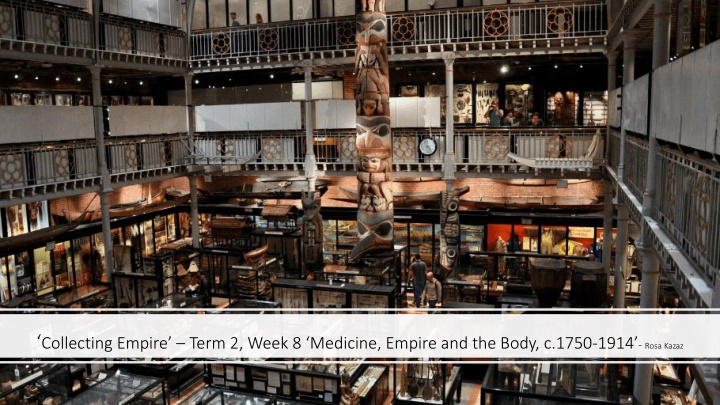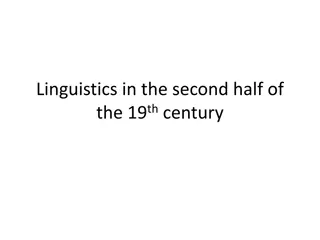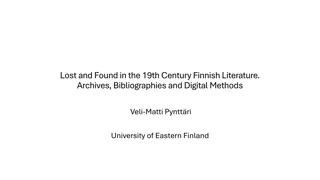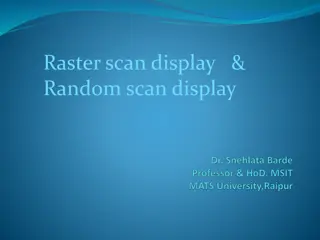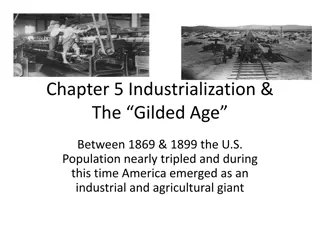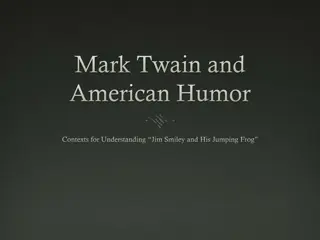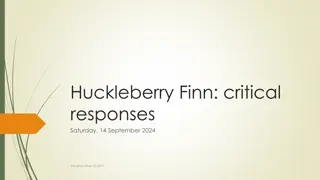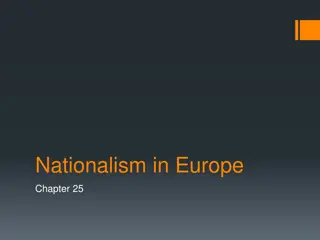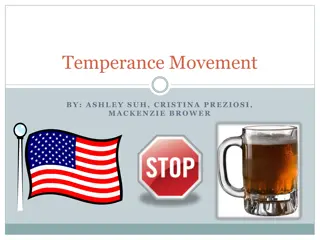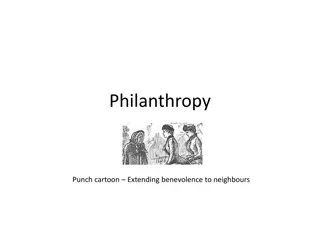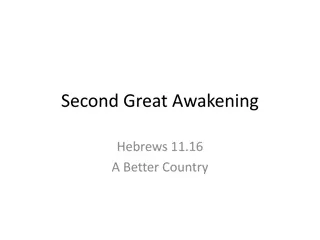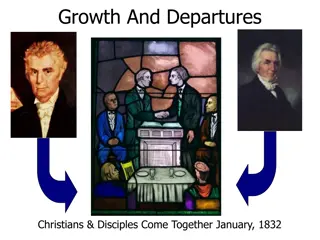Anthropological Collections and Display Practices in the 19th Century
Explore the practices of collecting and displaying anthropological artifacts in the 19th century, focusing on figures like Pitt Rivers and themes such as craniology, typological organization, and the construction of difference among human groups. The readings provide insights into how museums and exhibitions played a role in shaping ideologies and perceptions of race, gender, and culture during this period.
Download Presentation

Please find below an Image/Link to download the presentation.
The content on the website is provided AS IS for your information and personal use only. It may not be sold, licensed, or shared on other websites without obtaining consent from the author.If you encounter any issues during the download, it is possible that the publisher has removed the file from their server.
You are allowed to download the files provided on this website for personal or commercial use, subject to the condition that they are used lawfully. All files are the property of their respective owners.
The content on the website is provided AS IS for your information and personal use only. It may not be sold, licensed, or shared on other websites without obtaining consent from the author.
E N D
Presentation Transcript
Collecting Empire Term 2, Week 8 Medicine, Empire and the Body, c.1750-1914- Rosa Kazaz
William Ryan Chapman, 'Arranging Ethnology: AHLF Pitt Riers and the Typologial Tradition,' in George W. Stocking Jr (ed.), Objects and Others: Essays on Museums and Material Culture (University of Wisconsin, 1985), pp. 15-48. Illustrative quote: In the history of anthropology, the name Pitt Rivers is indissolubly linked to a museum, and to the "evolutionary" principle of its organization-which like the name, was specified in the terms of a bequest (bequest means legacy). . (p. 449) 1) Nineteenth century and the interest in displays being organised. 2) Pitt Rivers collection contrasting with The Christy collection, for example, which was geographically sorted. 3) The rifles collected by Pitt Rivers displayed to show technological progress and superiority. Interest in skulls and ideas of human development/hierarchy being formed around it. Craniological evidence important for Pitt Rivers. 4) Emphasis on the exotic rather than the antique. Staff remove the shrunken heads, or tsantsas, from Peru and Ecuador, from the Treatment of Dead Enemies cabinet. 5) Chapman discusses history being reconstructed. Staff removing the shrunken heads, or tsantsas, from Peru and Ecuador, from the Treatment of Dead Enemies cabinet
Nelia Dias, 'The visibility of difference: nineteenth-century French anthropological collections, in MacDonald, Sharon (ed.), The Politics of Display: Museums, Science, Culture (London, 1998) Illustrative quote: In their search for differentiating characteristics of the skull and of the face in human groups, anthropological studies focused on the Other inferior races, women, idiots, criminals. In the process, they confirmed the latter as objects of difference and otherness. . (p. 33) 1) Samuel George Morton and craniology. Fig01 2) Issue of objectivity and anthropology being challenged as it entered the public sphere. 3) The process of cleaning bones/skeletons and making them natural objects . 4) Topinard emphasising the visual displays. International exhibition of anthropological sciences in 1878. fig03 5) Le once Manouvrier challenging the reality of facts shown by anthropologists using instruments and proposing they are artefacts instead. Mathematics making it seem more objective.
David van Keuren, 'Museums and Ideology: Augustus Pitt-Rivers and Social Change in Later Victorian Britain,' Victorian Studies 28 (1984), pp. 171-189. Illustrative quote: Using criteria of comparative relative homogeneity and simplicity to chronologically order similar sets of artifacts, the researcher could establish a sequence of material objects which displayed the progress of culture from the more to less primitive... . (p. 176) 1) The Museum Movement. 2) Idea of private and public. 3) J. Edward Gray and the two intentions that a museum serves. 4) Similar point to the Chapman reading about the typology of organisation in Pitt Rivers. 5) Audience!
Questions Questions 1) Do you think Edward J. Gray s idea of education through the museum was genuinely possible when the objects were displayed to show hierarchies? 2) Considering audiences going to the Pitt Rivers, how accessible do you think the museum was/is? Pitt Rivers Strategic Plan 2017-2022: https://www.prm.ox.ac.uk/sites/default/files/prm_strategicplan2017-22-foronlineuse- singlepages-ilovepdf-compressed.pdf
